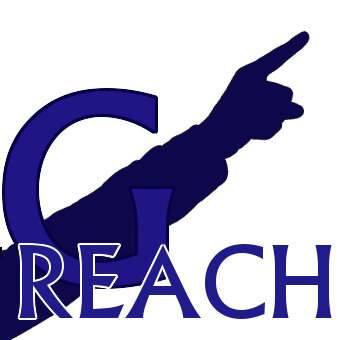Meet the teams: G-REACH
Team G-REACH consists of two PhD students and three master students from the Neuroscience department of the Erasmus Medical Centre Rotterdam. Through the use of parabolic flights, they will investigate how humans use different sensory cues to adapt their movements in different gravitational environments.
Cue combination for contextual movement optimization in arm movements
| University | Erasmus University Medical Centre Rotterdam, The Netherlands |
| Endorsing professor |
Prof. Dr. M.A. Frens Dr. P.A. Forbes Erasmus University Medical Centre Rotterdam, The Netherlands |
| Team | Zeb Jonker, Brandon Rasman, Emma Raat, Guido Maquelin, Charlotte Viëtor |

As terrestrial animals, humans have evolved to control movements based on the physical constraints and implications of Earth’s gravity. For instance, when we reach up for a book on the shelf, our brain must account for gravity’s downward pull on the arm when generating motor commands. In non-terrestrial environments such as space flight, however, the nervous system is faced with novel gravitational forces and must adapt movement control accordingly. The G-REACH team seeks to uncover what sensory information is relied upon by the brain to detect errors and adapt movements. To achieve this goal, the team has designed a relatively straight forward motor task experiment to be performed on parabolic flights, and will modulate the sensory cues available to human participants.

Participants will perform a one degree of freedom reaching task on parabolic flights, during normal gravity and microgravity environments. During the task, participants will have to rely on proprioceptive and/or visual feedback for movements. Here, the primary outcome measure is effort optimization and the primary objective is to determine the relative influence of proprioception and vision. Optimal control theory suggests that effort optimization depends on an accurate internal model of limb dynamics which depends on high quality sensory information. Therefore, the team expects that effort optimization will be impaired without visual feedback. As a secondary objective, the team aims to determine the influence of previous experience in a similar context.
The results of this study will provide a fundamental understanding of what sensory cues humans depend on to adapt movements in novel gravity environments, information which is vital for future missions to space. In addition, the team is hopeful that the results will be beneficial to the design of training programs for astronauts and patient groups.

